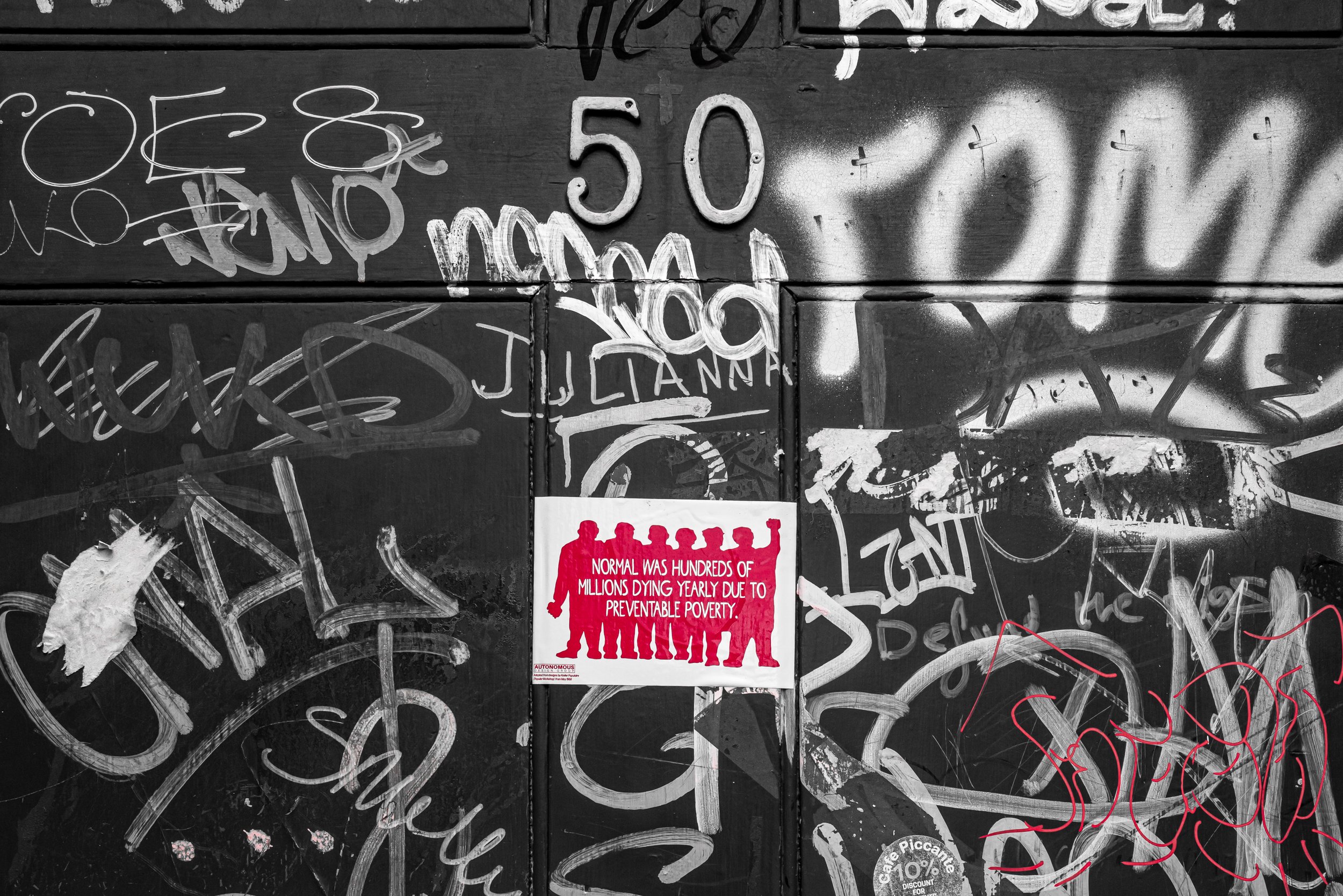Is YouTube for Me - or Hindering My Photographic Practice?
Edinburgh
As a photographer, I spend most of my time observing, listening, and responding to the world around me. My work is rooted in having the time to “turn up” be present—being there, fully, with the people and places I photograph. So when I think about YouTube, I find myself torn. Is it a platform that could amplify my voice and deepen my practice? Or is it a distraction that risks pulling me away from the very things that matter?
The Allure of the Platform
There’s no denying YouTube’s reach. It’s a space where photographers share their process, build communities, and even generate income. I’ve seen creators use it to teach, reflect, and advocate—sometimes with real depth and integrity. For someone like me, who believes in photography as a tool for empathy and social change, that’s an exciting possibility.
Could I use YouTube to share the stories behind my images? To talk about the ethics of photographing protest, poverty, or faith? To show what it means to approach people with care, not just curiosity?
Maybe. But there’s a tension.
The Cost of Constant Output
The kind of work I do doesn’t lend itself easily to algorithms. It’s slow, relational, and often emotionally complex. I’m not chasing spectacle—I’m chasing truth and meaning. Both of which don’t necessarily fit into a 10-minute upload schedule.
Filming myself while working would change the dynamic. It would compromise the trust and affect the genuineness I look to establish. It changes the focus from being present to being performative with the output being for very different reasons, which do not complement one another. And that’s not a trade I’m willing to make.
There’s also the time factor. Editing video, scripting content, managing a channel—it’s a job in itself. And I already have two: visually communicating with care and intention, and my social work career.
A Thoughtful Middle Ground?
Still, I’m not dismissing YouTube entirely. I think there’s a way to use it that aligns with my practice. Not as a content machine, but as a reflective space. A place to share insights from the field, talk about the emotional labour of this work, or explore the ethics of visual storytelling.
I have already started with short pieces on how my background and how social work knowledge and values inform the way I photograph people. No gimmicks. Just honesty.
Banana Flats, Leith.
The Role of Instagram
While YouTube offers a platform for deeper engagement, Instagram plays a crucial role in connecting with audiences on a more immediate level. It remains the dominant space for visual storytelling, allowing photographers to share snapshots of their work, behind-the-scenes moments, and personal reflections. Instagram’s interactive features—like comments, direct messages, and stories— can create opportunities for meaningful dialogue. It’s not just about broadcasting; it’s about making connections, building relationships and fostering a community around shared values and interests.
For me, Instagram complements the slower, more deliberate approach of YouTube. It’s a way to stay connected, share progress, and invite others into the journey without compromising the integrity of the work.
The reality of Poverty
Final Thoughts
So, is YouTube for me?
I think the answer is: it could be—if I use it on my terms. If it becomes an extension of my practice, not a performance of it. If I utilise it as another mode of communication alongside my website and Instagram. If it helps me connect, not just broadcast. If it deepens the work, not distracts from it.
Because in the end, I’m not here to chase views. I’m here to bear witness.


